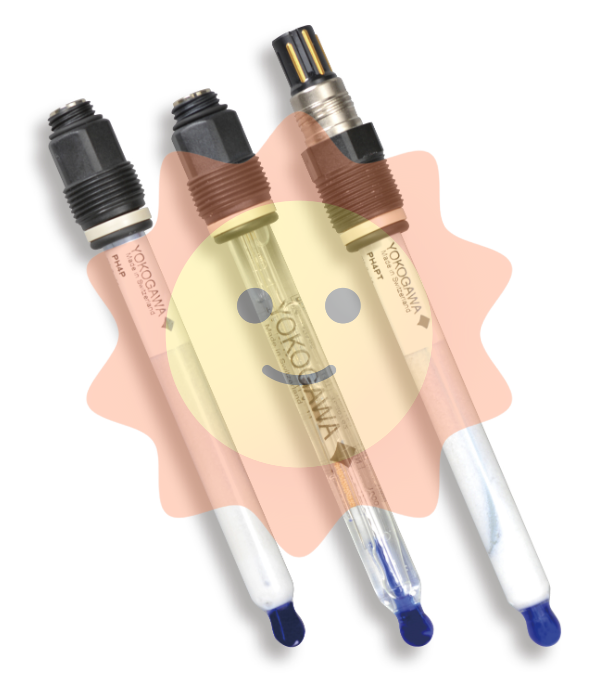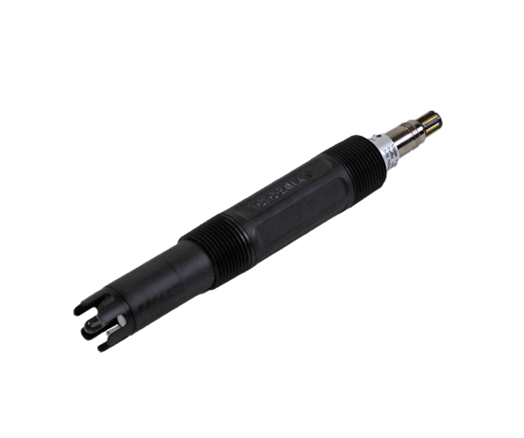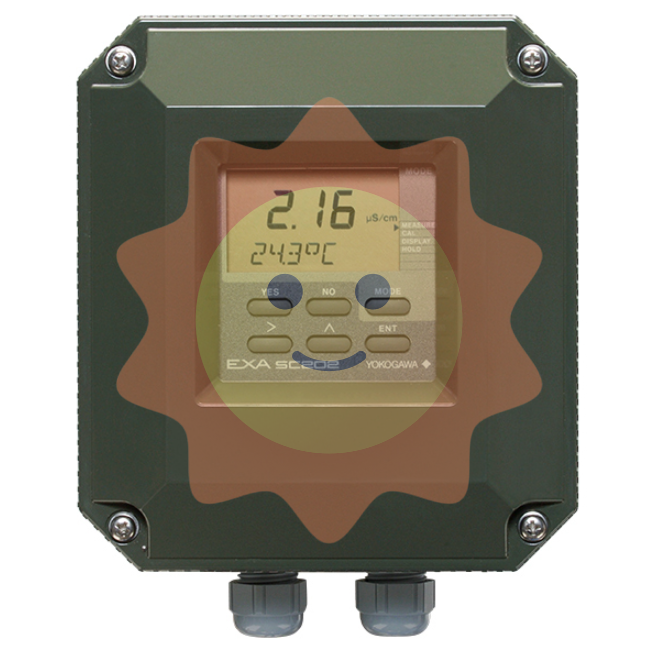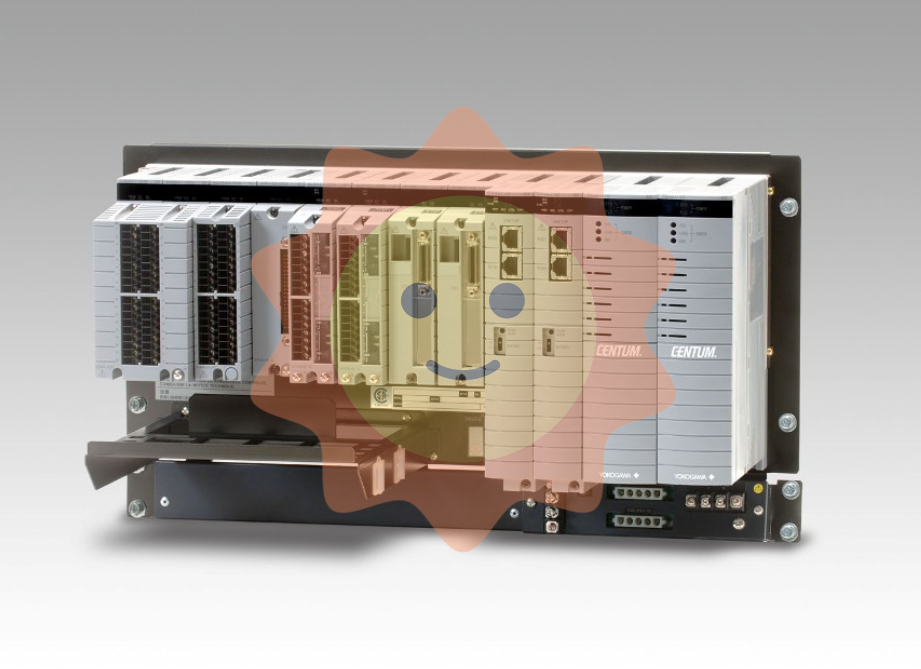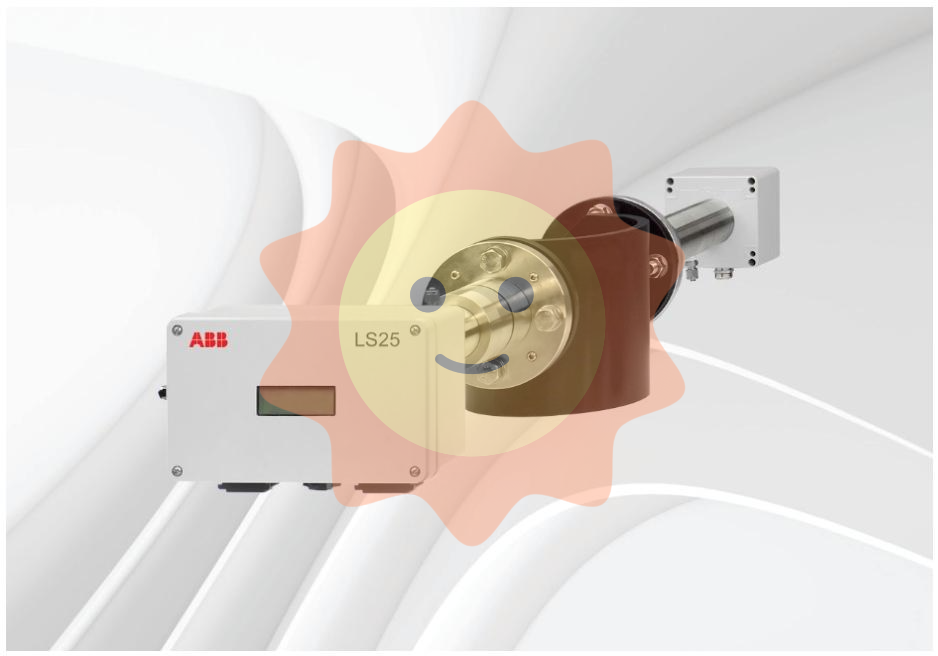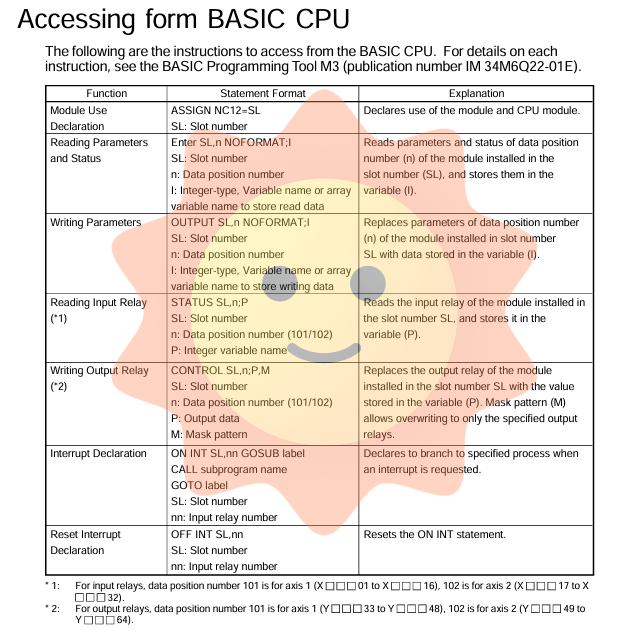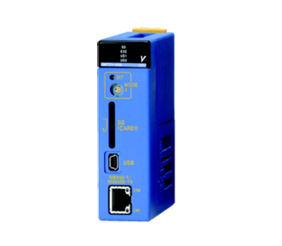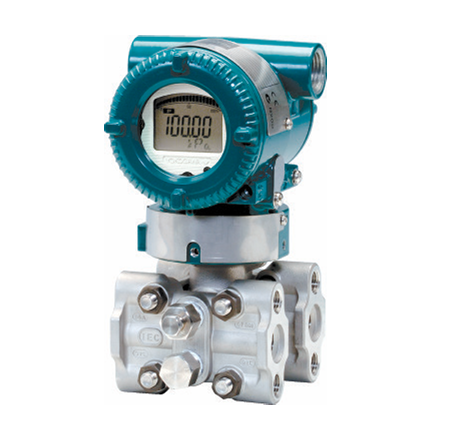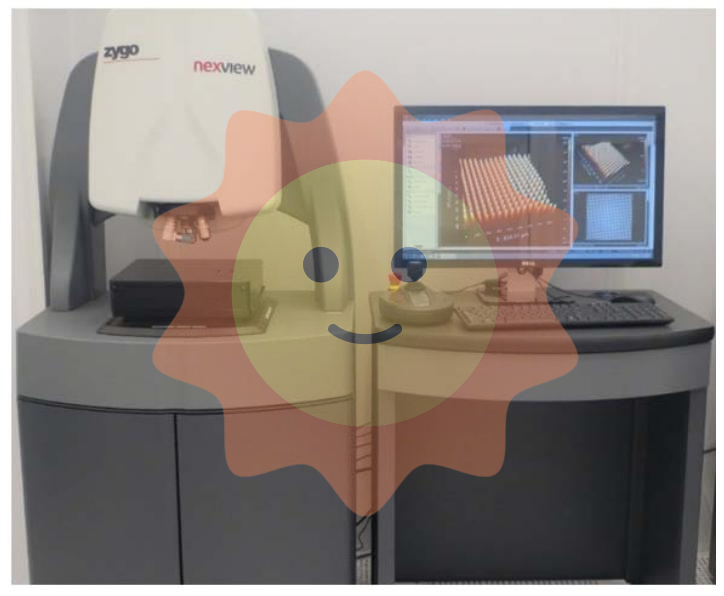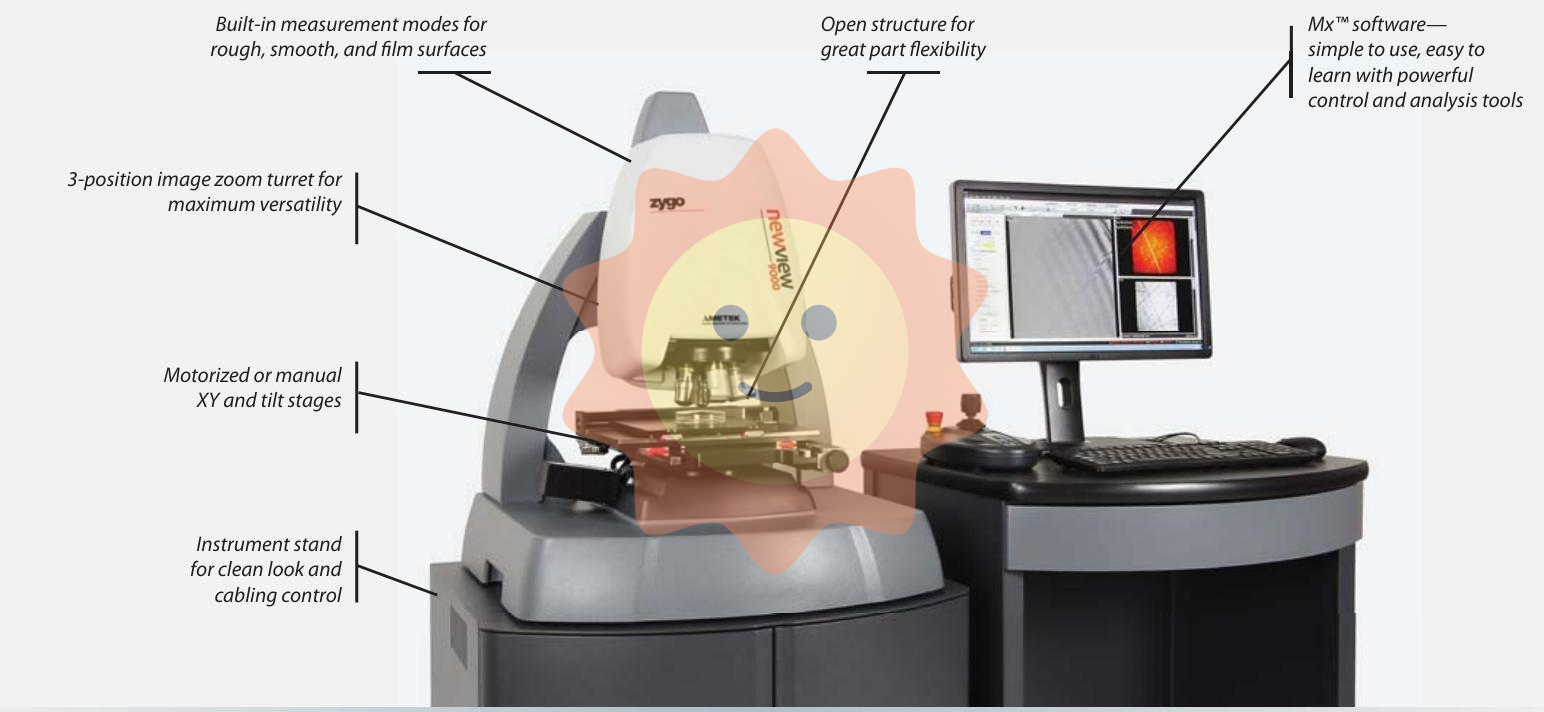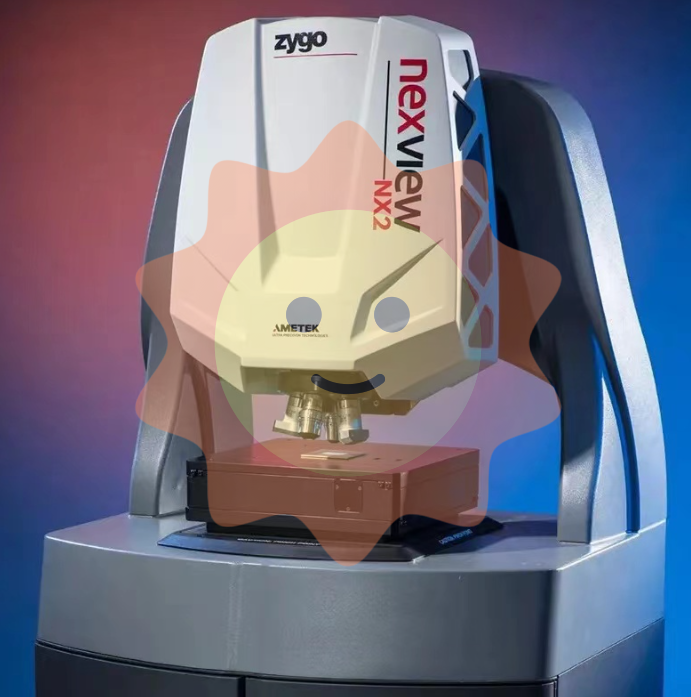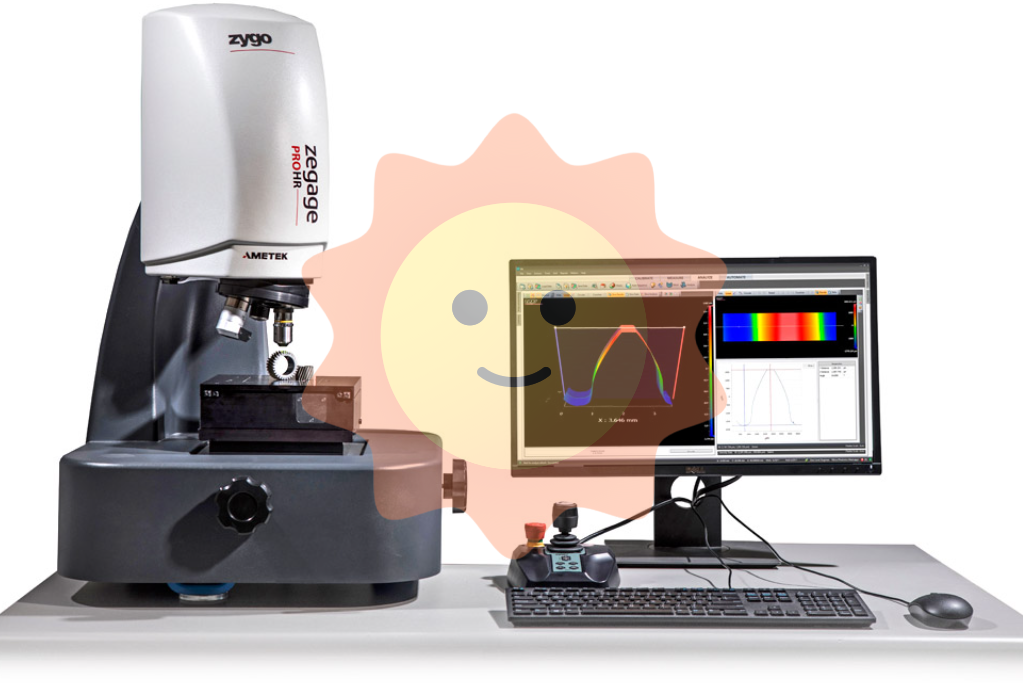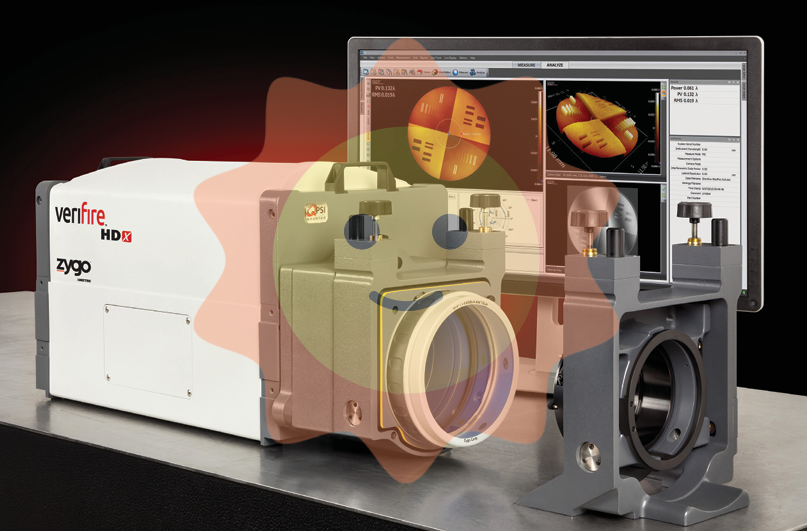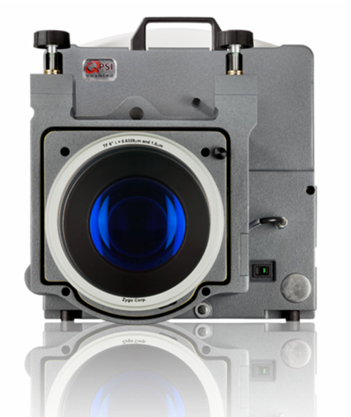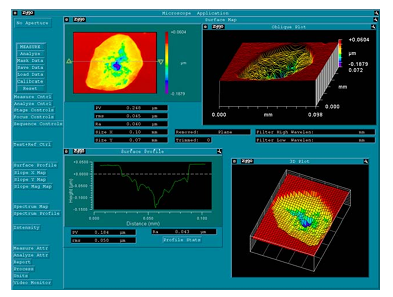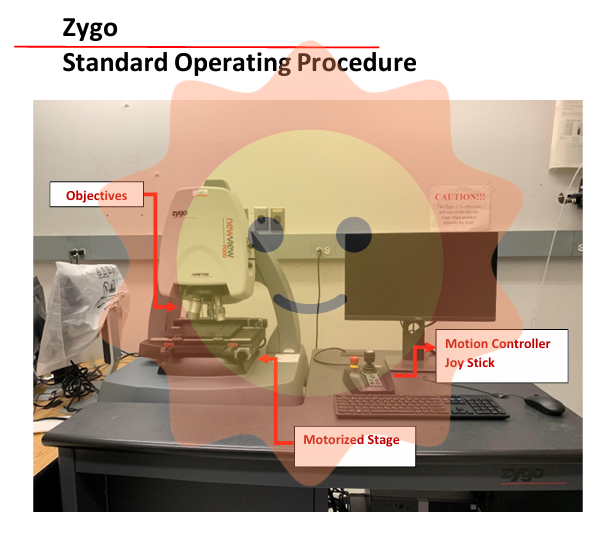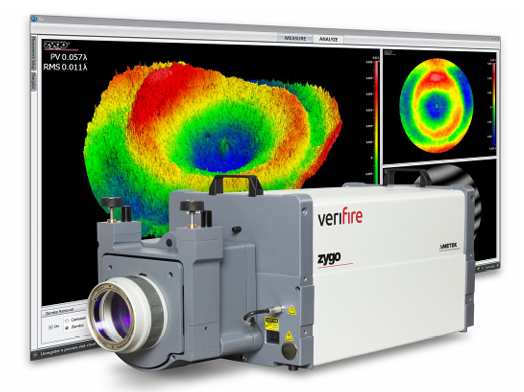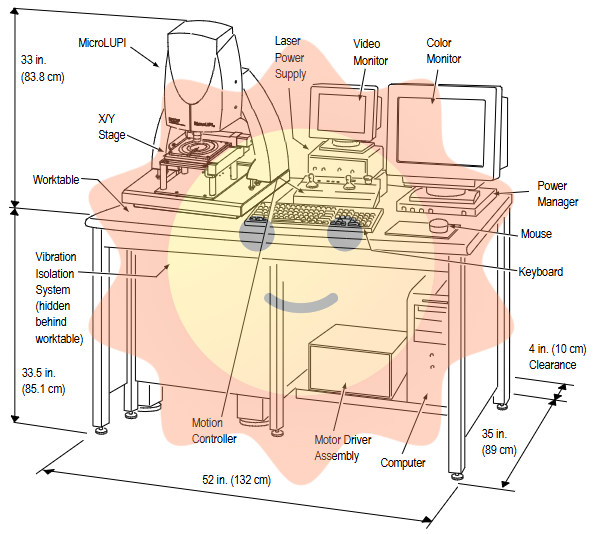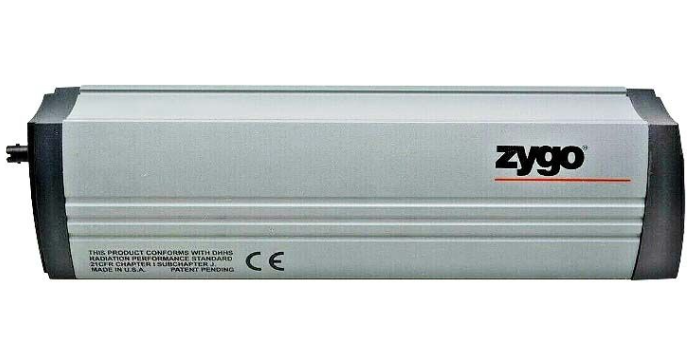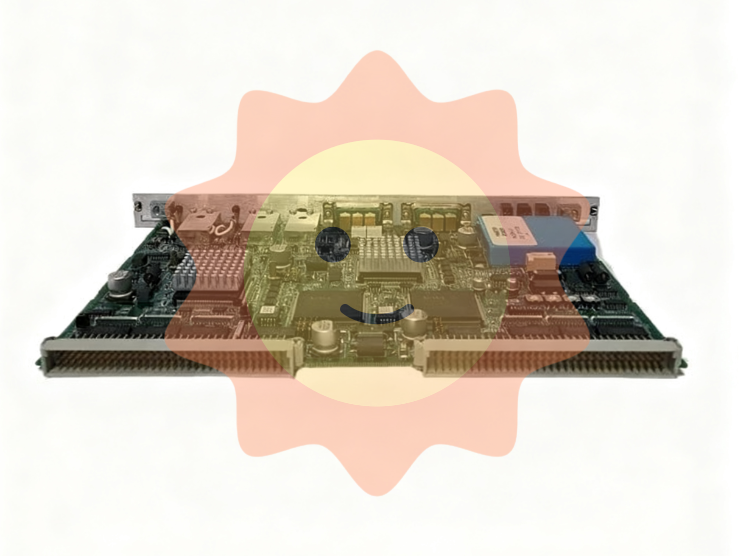ABB REF542PLUS 1VCR007346 is a compact digital interval control device designed specifically for interval control in medium and high voltage distribution networks. It is an upgraded product of the ABB REF542PLUS series and its core function is to achieve fault protection, real-time monitoring, local/remote control, and digital interaction for individual intervals (such as feeder intervals, transformer intervals, and capacitor intervals) in 10kV-35kV distribution networks. It is the core equipment for interval level automation in distribution networks. Its model code follows ABB's power automation product specifications, and "REF542PLUS" specifies its enhanced attributes based on the REF542 platform, integrating more intelligent algorithms; 1VCR007346 "is a customized configuration code that covers parameters such as interval type adaptation (feeder/transformer), communication module specifications, I/O interface quantity, etc. It particularly highlights the" compact "design and is suitable for limited space scenarios inside distribution station cabinets.
ABB REF542PLUS 1VCR007346 Compact Digital Bay Control
Product Overview
ABB REF542PLUS 1VCR007346 is a compact digital interval control device designed specifically for interval control in medium and high voltage distribution networks. It is an upgraded product of the ABB REF542PLUS series and its core function is to achieve fault protection, real-time monitoring, local/remote control, and digital interaction for individual intervals (such as feeder intervals, transformer intervals, and capacitor intervals) in 10kV-35kV distribution networks. It is the core equipment for interval level automation in distribution networks. Its model code follows ABB's power automation product specifications, and "REF542PLUS" specifies its enhanced attributes based on the REF542 platform, integrating more intelligent algorithms; 1VCR007346 "is a customized configuration code that covers parameters such as interval type adaptation (feeder/transformer), communication module specifications, I/O interface quantity, etc. It particularly highlights the" compact "design and is suitable for limited space scenarios inside distribution station cabinets.
The device adopts a modular and compact structure, integrating the protection logic unit, measurement unit, control circuit, and communication interface into a small casing (only one-third of the size of traditional spacing devices), which can be directly installed in the spacing layer of the switchgear without the need for a separate cabinet; By accessing the Distribution Network Automation System (DMS) or Substation Automation System (SAS) through standardized protocols such as IEC 61850, the "four remote" (telemetry, remote signaling, remote control, and remote adjustment) functions of interval devices can be achieved. At the same time, it supports logical interlocking and fault self-healing of equipment within the interval, providing efficient and space saving interval control solutions for urban distribution networks, industrial park distribution stations, new energy power stations, and other scenarios. It is widely used in the demand for integrated protection, control, and monitoring of interval layers in distribution networks.

Specification parameters
Electrical characteristics
System voltage: 10kV/20kV/35kV (suitable for medium and high voltage intervals); Current input: 5A/1A (CT secondary side, measurement accuracy of 0.2 level, protection accuracy of 5P20); Voltage input: 100V (PT secondary side, measurement accuracy level 0.2); Power system: DC 220V/110V (allowable fluctuation ± 20%) or AC/DC 85-265V (wide range power supply, suitable for different power supply scenarios), power consumption ≤ 15W (normal operation)
Protection function parameters
Feedline protection: overcurrent (0.1-20Ie, timed/inverse time), quick break (1.5-30Ie, action time ≤ 0.04s), zero sequence (0.05-10Ie), reclosing (adjustable 1-3 times); Transformer protection: differential quick break (5-20Ie), ratio differential (0.2-10Ie), overload (1.05-2Ie, inverse time limit); General protection: overvoltage/low voltage (0.8-1.2Un), abnormal frequency (47-53Hz)
Measurement and I/O configuration
Measurement accuracy: current/voltage level 0.2, power/energy level 0.5, frequency ± 0.01Hz; monitoring parameters: three-phase current/voltage, active/reactive power, power factor, energy, equipment temperature, switch status; I/O interface: 16 DI (photoelectric isolation), 8 DO (relay output, AC 250V/5A)、 4-channel AI (4-20mA, accuracy ± 0.1%), 2-channel AO (4-20mA, load ≤ 500 Ω)
Communication and Structure
Communication interface: 2 Ethernet ports (10/100M adaptive, supporting IEC 61850-8-1/MMS, IEC 60870-5-104), 1 RS485 (Modbus RTU); Structural dimensions: 180mm x 120mm x 80mm (height x width x depth, compact design); Protection level: IP40 (suitable for installation inside switchgear); Installation method: 35mm DIN rail installation or panel embedded installation
Performance characteristics
Compact design and space optimization: Adopting a highly integrated hardware architecture, the size is only 180mm × 120mm × 80mm, which reduces the volume of traditional interval control devices by more than 60%. It can be directly embedded in the switchgear compartment without occupying additional cabinet space, especially suitable for the renovation of old distribution stations (limited space) and dense interval layouts (such as multi interval distribution stations in industrial parks), greatly reducing the space cost of distribution station construction and renovation.
Multi interval type adaptation and flexible protection: Built in protection logic library for multiple intervals such as feeders, transformers, capacitors, etc., the interval type can be switched through software configuration (such as switching from "feeder interval" to "transformer interval") without the need to replace hardware; The protection function supports custom logic (such as writing interval interlocking logic through PLCopen function blocks), which can adapt to different distribution network topologies (radiation network, ring network, dual power supply). For example, the ring network interval can be configured with "ring network fault isolation logic", and the transformer interval can enable "differential protection+non electric quantity protection linkage".
High precision measurement and digital interaction: using a 16 bit high-precision ADC chip and digital signal processing algorithm, the current and voltage measurement accuracy reaches 0.2 level, and the electric energy measurement reaches 0.5 level, which can replace dedicated measuring instruments within intervals; Native support for IEC 61850-9-2 sampling value transmission, capable of directly receiving digital sampling data from merging units (MU), reducing the need for analog cable laying, and achieving full digitization of interval layers; Realize fast data exchange between compartments through the IEC 61850 GOOSE protocol (response time ≤ 1ms), meeting real-time requirements such as interval interlocking and fault tripping.
High reliability and convenient operation and maintenance: The hardware adopts industrial grade wide temperature element devices (working temperature -25 ℃~+70 ℃), and the DI/DO circuit has a 2500V AC/1-minute isolation withstand voltage, which meets the IEC 61000-4 series immunity standards (6kV surge immunity, 10V/m electric field immunity) and can resist electromagnetic interference inside the switchgear; Equipped with a 2.4-inch color LCD display screen and buttons, it supports local viewing of real-time data, protection events, and fault waveforms, without the need for external debugging equipment; Support fault recording (recording 10 cycles before and 20 cycles after the fault, with a sampling rate of 2kHz) and remote firmware upgrade. Operations personnel can remotely retrieve fault data and update protection logic through the distribution automation system, reducing on-site operation and maintenance workload.
Precautions
Selection and Interval Matching: When selecting, the protection logic configuration should be determined based on the interval type (feeder/transformer/capacitor). For example, the differential protection module should be enabled for transformer intervals, and the reclosing function should be configured for feeder intervals; Confirm that the CT/PT ratio matches the input range of the device (such as selecting 5A for current input when the CT ratio is 100/5), to avoid overloading and damaging the input circuit; If the interval needs to be connected to a merging unit (MU), a version that supports IEC 61850-9-2 sampling value transmission should be selected to ensure compatibility with digital sampling.
Installation and wiring specifications: When installed inside the switchgear, a safe distance (≥ 150mm) must be maintained from high-voltage live parts to avoid creepage accidents; Analog cables (CT/PT circuits) use copper core cables with a cross-sectional area of ≥ 2.5mm ², DI/DO cables use copper core cables with a cross-sectional area of ≥ 1.0mm ², and communication cables use Category 5e shielded twisted pair cables; CT secondary side is strictly prohibited from open circuit, PT secondary side is strictly prohibited from short circuit, and polarity (P1/P2 end) should be checked during wiring to prevent measurement errors or protection misoperation; The shielding layer is grounded at one end (grounding resistance ≤ 4 Ω) and laid separately from the power cable (spacing ≥ 20cm) to reduce electromagnetic interference.
Debugging and commissioning process: Static debugging is carried out before commissioning: standard current/voltage signals are introduced to verify measurement accuracy (error ≤ 0.2%); Simulate fault signals (such as overcurrent and differential current), test the protection action logic and action time (quick break action time ≤ 0.04s); Configure communication parameters (IEC 61850 logical nodes, IP addresses), test the connection stability with the distribution automation system (continuous 24-hour communication without packet loss); Dynamic debugging requires verifying the accuracy of energy measurement and the effectiveness of interlocking logic with load. After debugging is completed, lock the protection setting (password protection) and record the initial parameters (such as initial energy value and CT/PT ratio).
Maintenance and troubleshooting: Regularly (quarterly) check the operation status of the device: whether the LCD display is normal, whether the indicator lights are logical (the power light is always on, the fault light is off), and whether the wiring terminals are fastened; Conduct a protection setting check and I/O circuit test every six months to ensure that the protection function has no drift; If there is a "communication interruption", check the compatibility of Ethernet cables, IP address configuration, and IEC 61850 protocol versions; If there is a "protection misoperation", check the protection setting, CT/PT wiring polarity, and interlock logic configuration; Fault repair requires contacting ABB authorized service providers. It is prohibited to disassemble hardware or modify core programs on your own.

- User name Member Level Quantity Specification Purchase Date
- Satisfaction :
-









Email:wang@kongjiangauto.com

